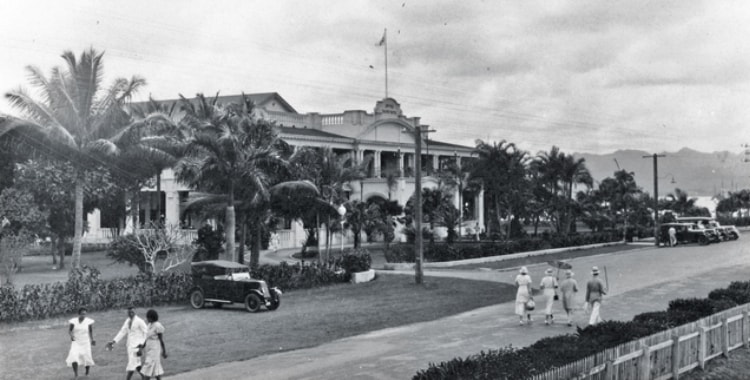
Part Four
This is the Fourth in a series of blogs by Norwegian anthropologist Solrun Williksen. These next few excerpts cover the glorious history of the GPH
Fiji Times twice to find people who had worked at the Grand Pacific or who were in any way related to the building and could tell a story about it, but only two persons reacted. The people I found who could really exchange memories with me, not alone about the exterior of the building, but about its internal qualities were not many. They were mainly Europeans or part-Europeans with an interest in European architecture and history and they were familiar with the myth of the romance of the South Seas, with James Michener and Somerset Maugham.
They could easily depict the latter even so long after, sitting with his glass of wine in one of the big cane chairs. There is a person opposite him, telling his life history. Somerset Maugham observes him keenly, converses, dines with his guest, and later in the night he goes back to his room and writes his story. The breeze from the Pacific makes his papers rustle gently.
The architect in charge, Mr. Stuart Huggett says his experience is that people very easily forget how a building used to be, even which building was where as soon as a new one had taken its place. As I have suggested already the old hotel as it really was will only “live” as long as people live who have memories about it and have somebody to share their memories with. New wings, with art galleries and little souvenir shops will only cause those people pain who sat in the cane chairs, who remember Queen Elizabeth on the balcony and who read Somerset Maugham.
I used to sit on the seaward side in the evening and look across the smooth water between shore and reef. Fijian women stood waist deep, fishing with hook and line and catching little fish right around their feet” (Marden 1958:533).

Looking at the bleak walls, the broken windows, the trees that nobody care for anymore I see in my mind’s eye the string of events that took place in this building, the bustle of an active social life, conversations between strangers or friends, lovers meeting and parting.
The people who have shared with me their memories ofthe GPH so far belong, apart from Mereseini, who is now dead, to the socially strong (money-wise, needless to say) layer of the population. They can afford to nourish romantic ideas and nostalgic emotions. They belong to the guests, whereas the socially weaker groups of the country will have been at the serving and cleaning end, behind the “stage”, making the wheels go round. They may be less nostalgic.
Only if different kinds of narratives, different modes of telling, became known would we be able to present a “true” picture of the GPH, with possibly, behind the facade, unknown turmoil, cruelty, power and passion. Obviously it stood for particular social groups, but it also reflected society around it. It gave formality and grace to mundane encounters. It bestowed status and dignity to traveling, business and an elegant, old-fashioned lifestyle. It bore witness of a long history of traffic across the South Seas and of Fiji, with the capital Suva, as the center of prosperity and activity.
Soon before I left Fiji in November 2002 I was told that the Nauru government had now sold the building back to the Fiji government. The rumour was not confirmed and though I have sent e-mails in many directions to find out, nobody has sent any confirmation of the plans.
Can we look upon the slow death of the Grand Pacific Hotel as the fading away of the values that European culture, and not the least- the Empire- stood for?

To restore the building will cost a lot, but other expensive buildings have been constructed during the time that the GPH has been left to decline. Looking around in Fiji it is obvious that the maintenance of buildings, however, does not belong to the priorities in the country, whatever the politicians may say to the contrary. The Grand Pacific was formerly not on the National Heritage list of the National Trust of Fiji, none of the old hotels in Fiji were. On a more recent list of national heritage buildings it is under grade A, together with the Garrick Hotel (what happened to that?) and the South Seas Hotels. We have seen from the newspaper reports that the GPH has certainly been a theme of discussion, but nobody has rushed to its aide.
Maybe the hotel has long since lost its power to communicate the values it was built to represent and the people who remember it are aging and/or moving to other places. As a sign and a place of memory it may, whether it is finally being restored or not, gradually still erode and fade. But the quality it gave to encounters will remain as long as people are there to tell about it. It was high under the ceiling at the Grand Pacific Hotel. The chairs were placed in such a way that the conversation could be conducted in privacy and intimacy. There was no loud music, the food was good, but not fancy, the waiters were attentive and friendly.
It had “the capacity to be remembered and to evoke what is most precious”, which is the true quality of place (Sheldrake 2001:1 ), and I would add, the quality it has above non-places.
The above photo courtesy of the Fiji Museum, is an artist’s rendition of the yet to be reconstructed GPH
About Grand Pacific Hotel
Once established as the standard of luxury that was fit for royalty; now more than 100 years later, the Grand Pacific Hotel remains true to the ideals of delivering the best of old world charms, South Pacific hospitality and contemporary service. Website












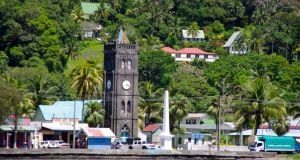




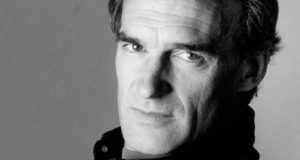





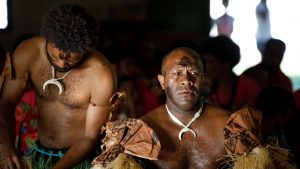
















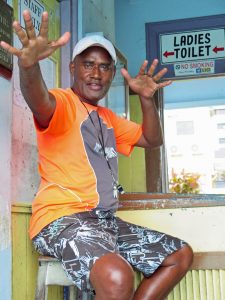




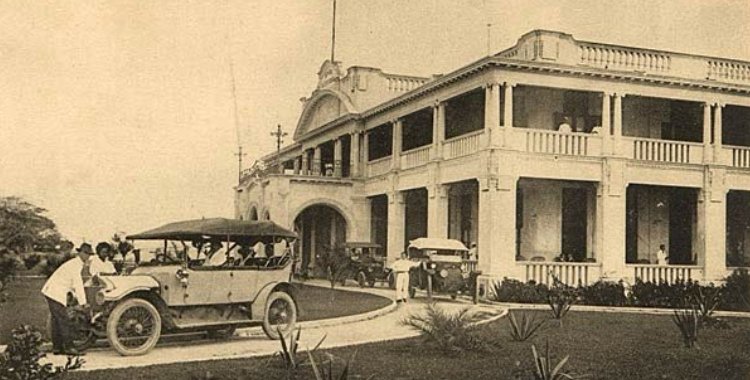
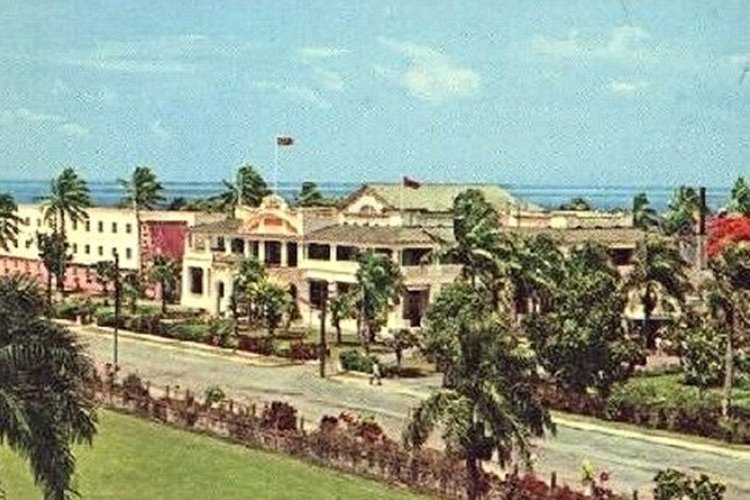
Leave a reply